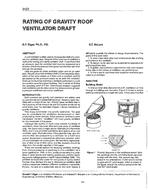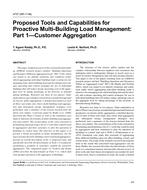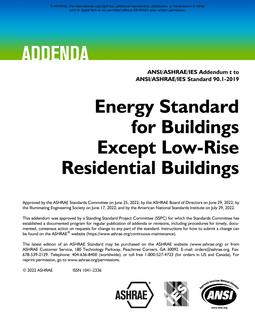This paper presents the culmination of a 24,000 man-hour effort to collect operational and maintenance data on 204 power generation, power distribution, and HVAC items, including gas turbine generators, diesel engine generators, electrical switchgear, cables, circuit breakers, boilers, piping, valves, pumps, motors, and chillers. The data collection process and the resultant data are the subject of this paper. The Power Reliability Enhancement Program established the data collection effort to determine the effects of “new technology” equipment, i.e., equipment installed after 1971, on reliability and availability. Previous data collection efforts were completed in the early 1970s using data collected in the 1950s and 1960s. The primary purpose of the data collection effort was to provide more current equipment reliability and availability data when performing a facility reliability/availability assessment. Information was obtained on a variety of commercial and industrial facility types (including office buildings, hospitals, water treatment facilities, prisons, utilities, manufacturing facilities, universities, and bank computer centers), with varying degrees of maintenance quality. Data collection guidelines and goals were established to ensure that sufficient operational and maintenance data were collected for statistically valid analysis. Minimums of 3.5 million calendar hours were established for each component. Time-to-failure data, helpful in model development, were collected, when available, to determine device failure characteristics. A database system, with flexible output capabilities, was developed to track both the equipment information (containing over 6000 records of operational and maintenance data) and the contact information (containing over 3500 records identifying information were assessed during the analysis phase of the project. The results indicated that the maintenance quality level was a major predictor of equipment availability; therefore, the availability values presented represent an average maintenance program across all data sources. In addition, the information obtained can aid facility designers and engineers in evaluating different designs to minimize production/mission failure and to estimate the down times associated with various systems or subsystems. Facility types that require more maintenance time and systems that may benefit from redundancy or replacement can also be identified.
Units: None
Citation: ASHRAE Transactions, vol. 107, pt. 2
Product Details
- Published:
- 2001
- Number of Pages:
- 30
- File Size:
- 1 file , 1.1 MB
- Product Code(s):
- D-7114


